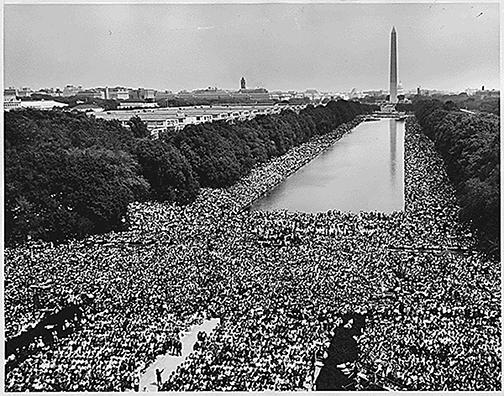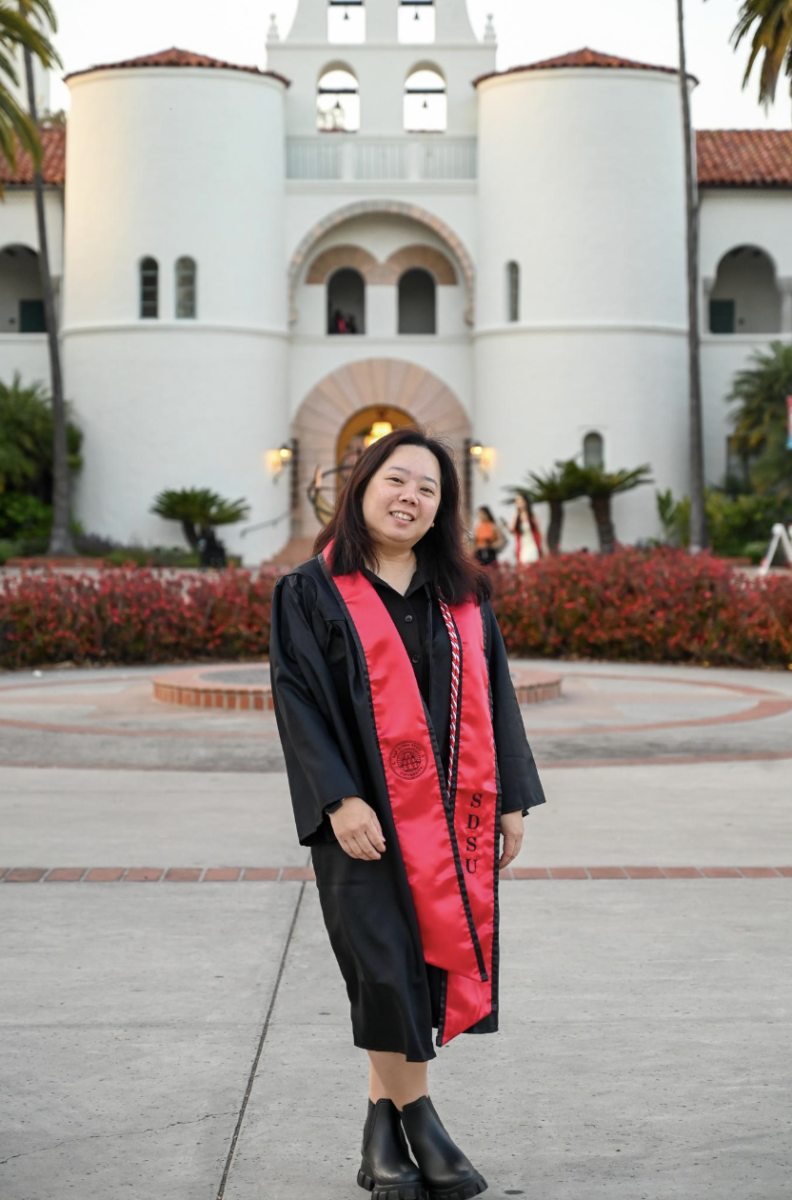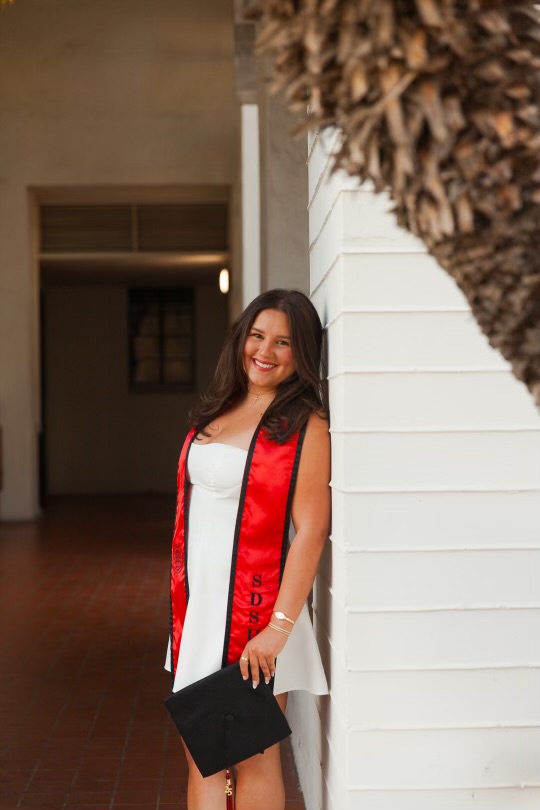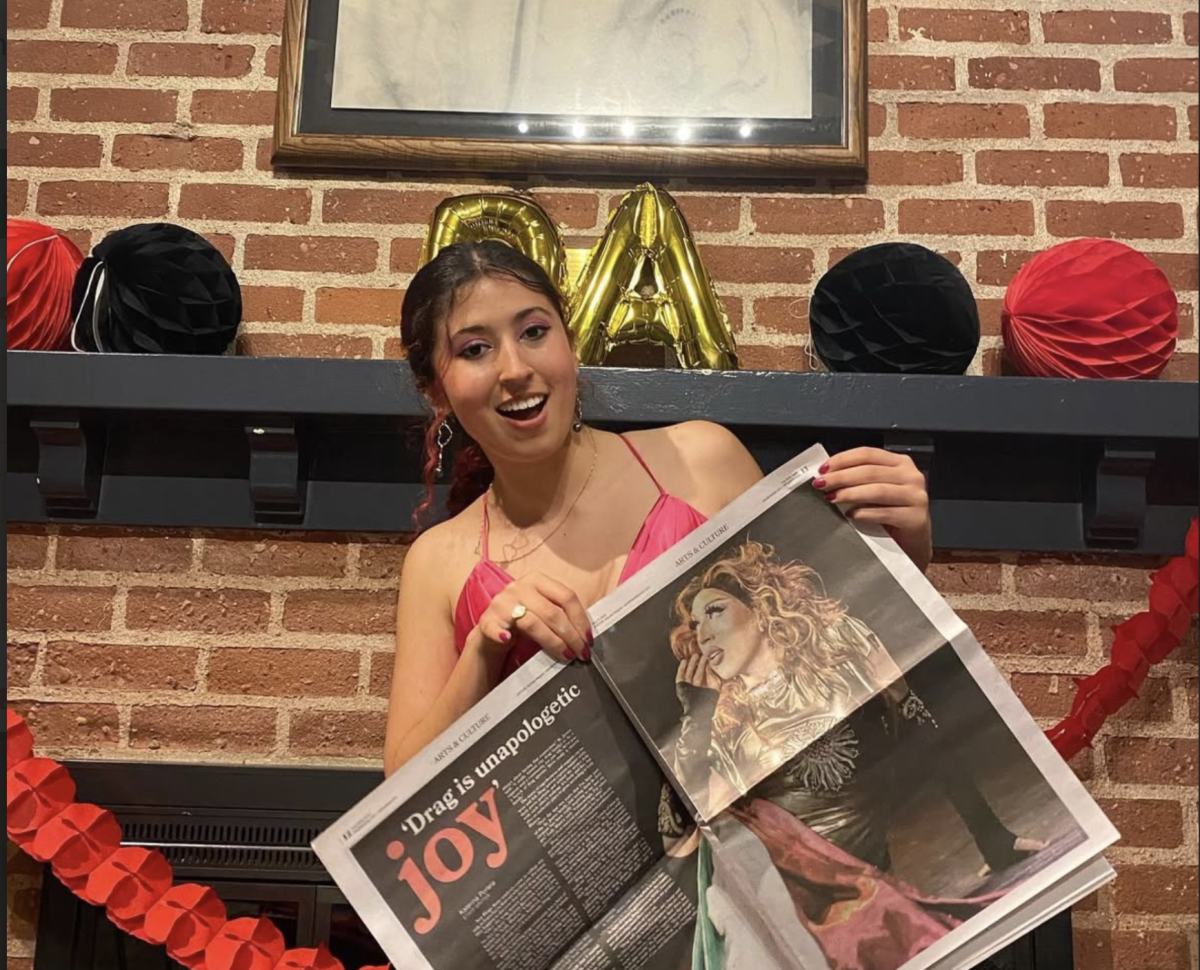Fall 2012 marked my first semester at San Diego State. I had just transferred from community college and was super excited to become an Aztec. As soon as I got here, I was completely enthralled by the beauty of the campus, the variety of educational opportunities and the diversity of the faculty and students. It was an exceptional feeling. I was one step closer to reaching my dreams.
However, I didn’t expect that in a class size of approximatley150 students, there would be no one else who looked like me–there were no other black people. During my first semester, this was the case for three out of five of my classes. Those three classes, coincidentally, were classes directly related to my major (journalism with an emphasis in public relations), the other two were general education courses. Actually, I don’t think it’s a coincidence at all.
Coming to the realization that I was the only black person in most of my classes was something relatively foreign to me. I grew up in San Francisco where people ranged between every color out of the Crayola crayon box. So, being alone was a strange sensation, to say the least.
Then the oddest thing happened after fall semester–I didn’t notice it anymore. On the surface, this was a good thing. I was no longer self-conscious, which was a relief. Don’t get me wrong, I have no problem being part of a minority. I’m proud of who I am and where I’ve come from, but recently, I’ve realized that I don’t have to just accept being a minority.
In order to better understand at my situation, I have to take a look at the broader picture. According to the U.S Department of Education, the number of Black students enrolled in colleges and universities in this country his risen to 14 percent of the total student body, as of 2010. And out of those who do attend, only 42 percent actually graduate, as opposed to the 62 percent graduation rate of white students, according to a study by The Journal of Blacks in Higher Education.
Looking at SDSU specifically, you can see how these stats hold true. While white and Hispanic enrollment rates sit at approximately 39 and 27 percent, respectively, the black enrollment rate is at a dismal 4.13 percent.
These numbers, both on a national and campu slevel, are not acceptable, especially in this day and age. It’s sad because encouragement for change seems to be lacking.
Black high school students see these statistics, and I’m betting a lot of them don’t feel inspired to make attempts at being the exception. That’s where we come in. We have to take it upon ourselves to make them feel valuable, while emphasizing that college is attainable and an essential part of a successful future. That is the only way there’ll be a significant change in the college enrollment rates of black students.
Despite this problem, I believe that SDSU does a lot to support black students and their involvement in organizations such as the Afrikan Student Union, the Black Student Science Organization, the National Society of Black Engineers and more. However, we still have a long way to go. In order to truly call ourselves diverse, we need to make it so that every race, gender, sexual orientation and religion is represented in as many areas of this school as possible.
As I finish my last semester at this university, I have a much better understanding of what it’s like to be black at SDSU than when I first got here nearly two years ago. I still take notice when I’m the only black person in a class, but I’m no longer shocked by it. I now look at it as an opportunity to make a change for something that has been a problem for way too long.
Photo courtesy of National Archives







